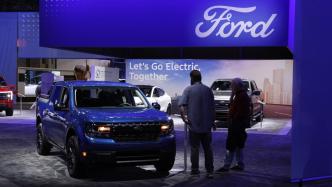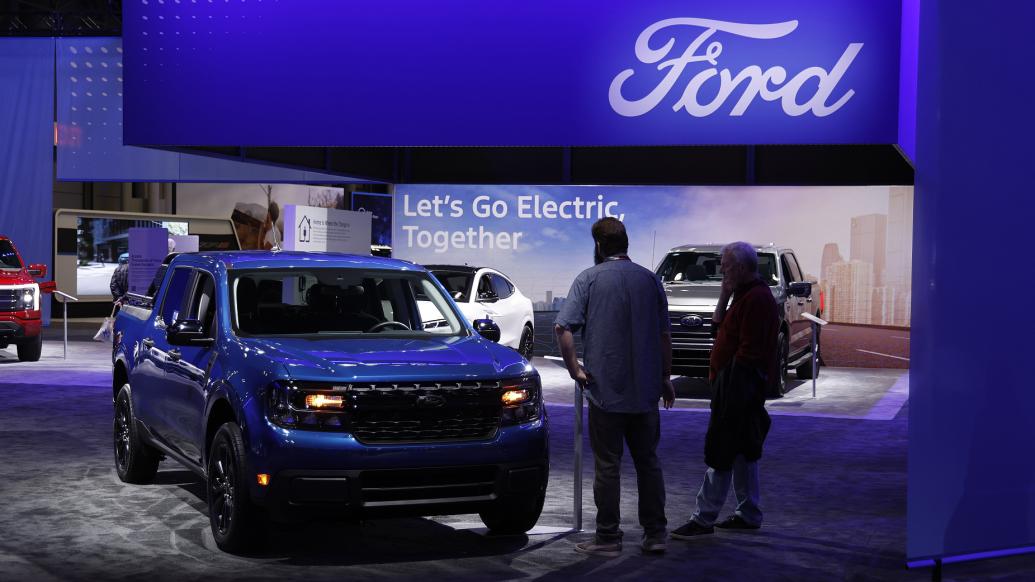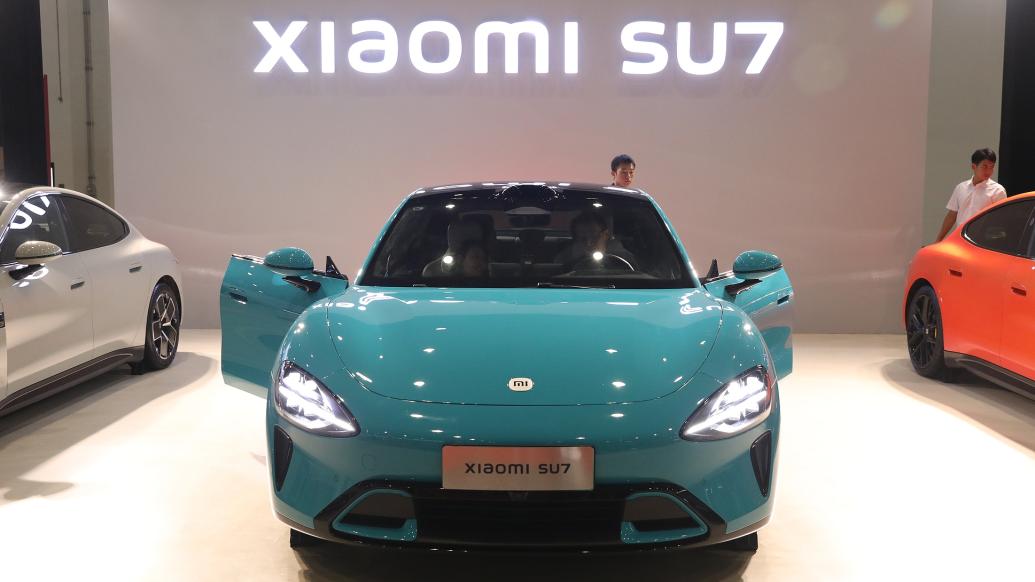
Ford Motor Co. shares tumbled 18% on Wednesday, their biggest one-day drop in 15 years, after the company reported second-quarter results on Tuesday.
It is reported that profits lower than market expectations are the main reason for the sharp drop in Ford's stock price.

On March 28, 2024, local time, in New York, the United States, the Ford Maverick truck was unveiled at the New York International Auto Show.
Financial report data showed that Ford's revenue in the second quarter of 2024 was US$47.8 billion, a year-on-year increase of 6%; operating profit in the second quarter was US$2.8 billion, a year-on-year decrease of 26%, and far below analysts' expectations of US$3.7 billion.
Analysts said: "This is a brutal quarter for Ford," especially compared with General Motors, which has strong performance. After announcing its second-quarter results, GM raised its annual guidance target, while Ford chose to maintain its overall guidance for 2024, keeping adjusted EBITDA between $10 billion and $12 billion.
Another reason for analysts' disappointment came from Ford's high warranty costs, which was the main source of severe blow to its profits.
According to foreign media reports, Ford spent $4.8 billion repairing customers' cars last year due to quality problems. Ford Chief Financial Officer John Lawler did not publicly disclose Ford's total warranty costs in the second quarter of this year, but he said that Ford's warranty costs increased by $800 million in the second quarter compared to the first quarter.
Analysts attributed warranty issues to a 49% drop in profits at Ford Blue (Ford's internal combustion engine business) to $1.17 billion. Although the second quarter's performance was better than the first quarter, it was still below expectations. Ford further lowered its guidance for Ford Blue to $6 billion to $6.5 billion.
Ford CEO Jim Farley believes that Ford's electric vehicle division will be a major drag on the company's overall profitability. The financial report shows that the division lost $1.14 billion in the second quarter. At the same time, with continued price pressure and investment in the next generation of electric vehicles, Ford expects the division to lose as much as $5.5 billion this year.
Nevertheless, in a conference call after the earnings report, Jim Farley answered analysts' questions about "Do you think Ford's stock is valuable?" He believes that the only way for Ford to stand out from the competition is to make money on small electric vehicles and commercial vehicles, which is what Ford is building (Skunk Works Project) and already has advantages.
The financial report shows that Ford Pro's commercial vehicle business unit has achieved record performance, with adjusted EBITDA of $2.6 billion in the second quarter, up 7% year-on-year, and profit of 15%; revenue of $17 billion, up 9% year-on-year. "No other company has a profit model like Ford Pro, and we intend to take full advantage of it," said Jim Farley.
Jim Farley took over Ford in October 2020 and became the helmsman of the 120-year-old automaker. In 2021, under the leadership of Jim Farley, Ford proposed the global strategic Ford+ plan, which is to split Ford's automotive business into three major units: Ford Blue, Ford Model e and Ford Pro. This year is the third year of the implementation of this plan. Jim Farley said that "Ford is already a different company than it was three years ago."
In the past three years, Jim Farley said he has learned a lot about vehicle size. "In the internal combustion engine, a business we have been in for 120 years, the bigger the vehicle, the higher the profit margin. But for electric vehicles, the opposite is true. The larger the vehicle, the larger the battery, the greater the pressure on profit margins, because customers will not pay a premium for those larger batteries." Therefore, Jim Farley and Ford believe that smaller and more affordable cars are the direction of development of electric vehicles and the main source of sales.


